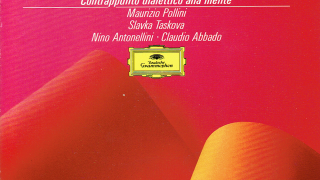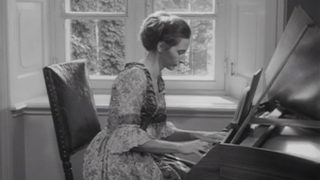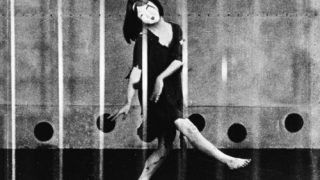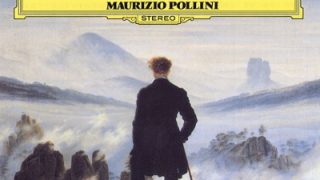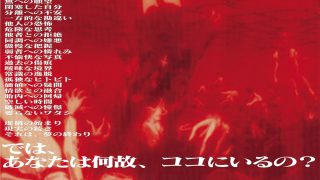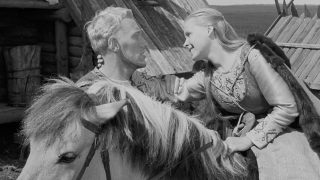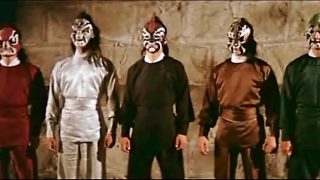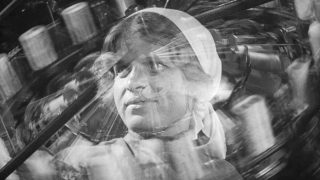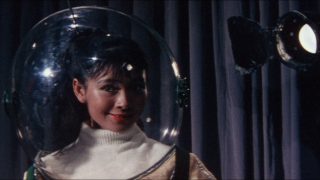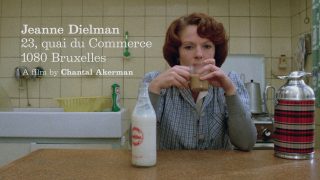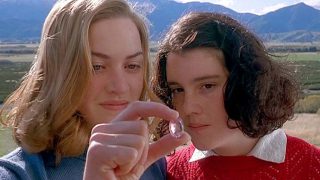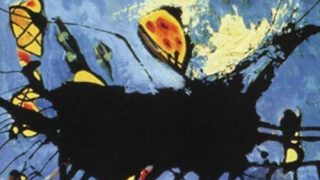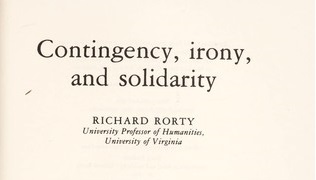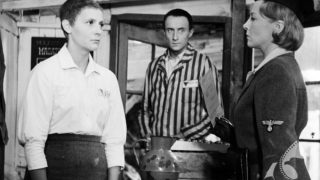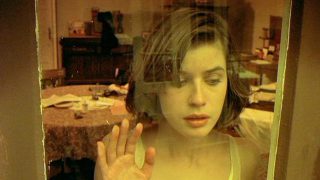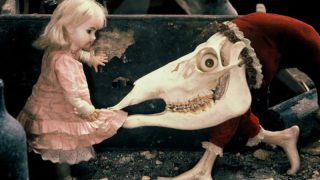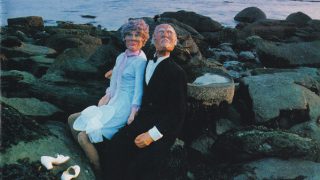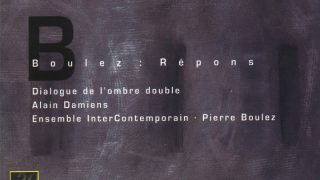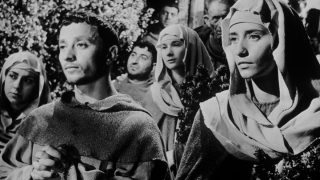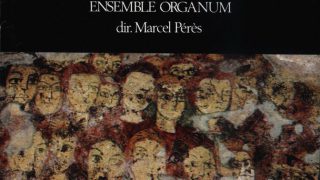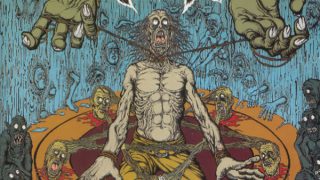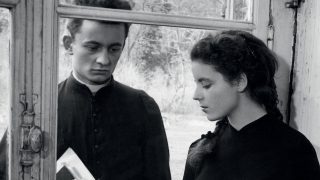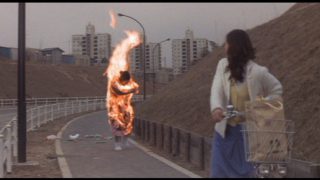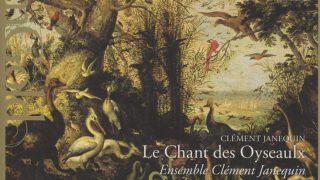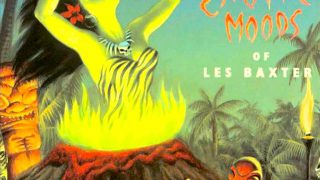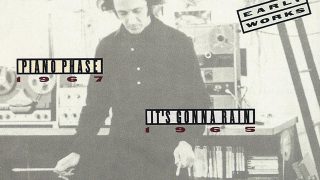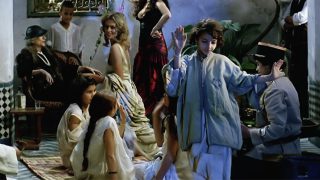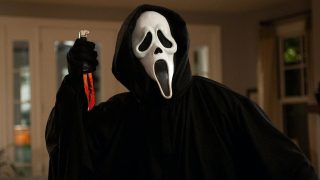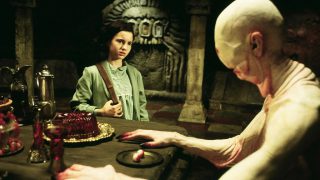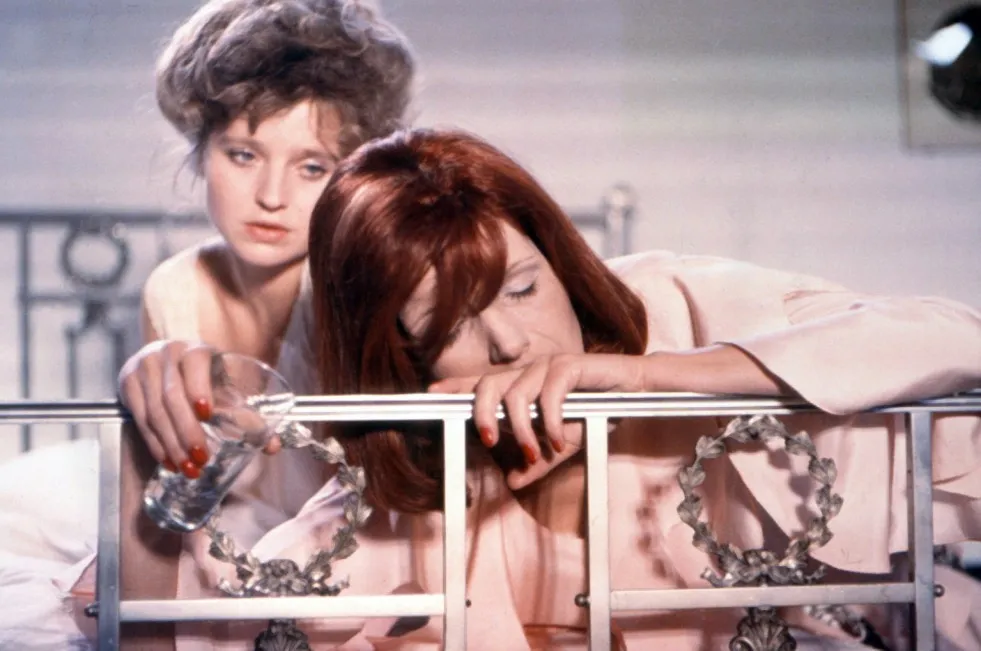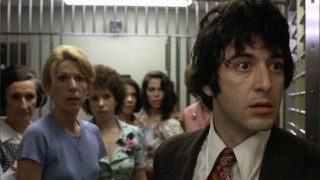Overview
“Nosferatu: A Symphony of Horror (Nosferatu – Eine Symphonie des Grauens)” is a 1922 silent German Expressionist horror film.
It is an unofficial film adaptation of Bram Stoker’s Gothic horror novel “Dracula” (1897). The scene was changed from England to Germany, and the character’s names were also changed into German names.
Directed by F. W. Murnau. 94 minutes.
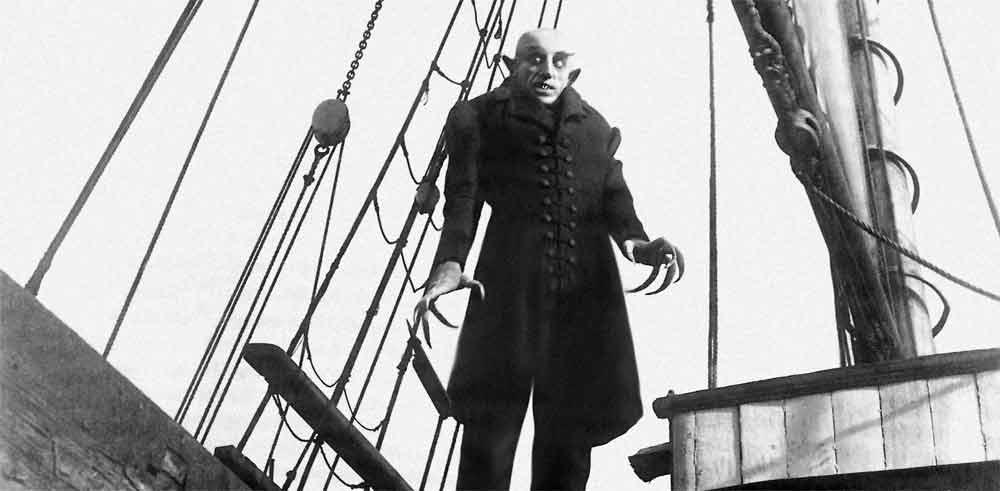
Plot
Set in Wisborg, a fictional north German port town, in 1838.
Thomas Hutter (Gustav von Wangenheim) is ordered by his employer, estate agent Herr Knock to go to Transylvania to visit Count Orlok (Max Schreck), who is going to buy a house across from Hutter’s own home.
Hutter embarks on a journey to Transylvania, leaving his wife Ellen to his friend and shipowner Harding and Harding’s sister.
Hutter stays at an inn near the Carpathian Mountains. When he mentions the name of Count Orlok, the locals become frightened to death of the name.
On the following day, Hutter visits Count Orlok, who lives at a castle in the mountains. Count Orlok is an eerie man with his bald head, hooked nose, goggle eyes, pointed ears, pointed front teeth like rats, and long claw-like fingernails.
Commentary
The film is one of the early masterpieces of silent films and German Expressionist films, and an artistic vampire film filled with beauty and ominousness.
It is characterized by the uncanny appearance of Count Orlok (Nosferatu) and the setting of a vampire who produces a plague epidemic by using rats as the vectors.
In the technical aspect, it is marked by the heavy use of location shooting, and the use of such techniques as cross-cutting, monochrome inversion, and stop-motion photography.
Bram Stoker’s widow, Florence, filed a copyright infringement suit against the film studio Prana Film because they adapted “Dracula” to the screen without the permission of Florence, who had held the copyright of Stoker’s works. In 1924, the court ordered Prana Film to destroy all existing prints of the film, but a few prints survived, and after that the film came to be regarded as an important work in the history of cinema.
In 2005–2006, Spanish film director Luciano Berriatúa, who is a world authority on Murnau’s films, restored the film, using a 1922 tinted nitrate print from the Cinémathèque Française as the basis.
The horror film “Nosferatu the Vampyre” (1979) directed by Werner Herzog is a remake of this film.
“Shadow of the Vampire” (2000) directed by E. Elias Merhige is a metafictional horror film about a story in which Max Schreck, who is the leading actor of “Nosferatu”, actually is a vampire.
The 2024 American film “Nosferatu” directed by Robert Eggers is a remake of the 1922 film.


